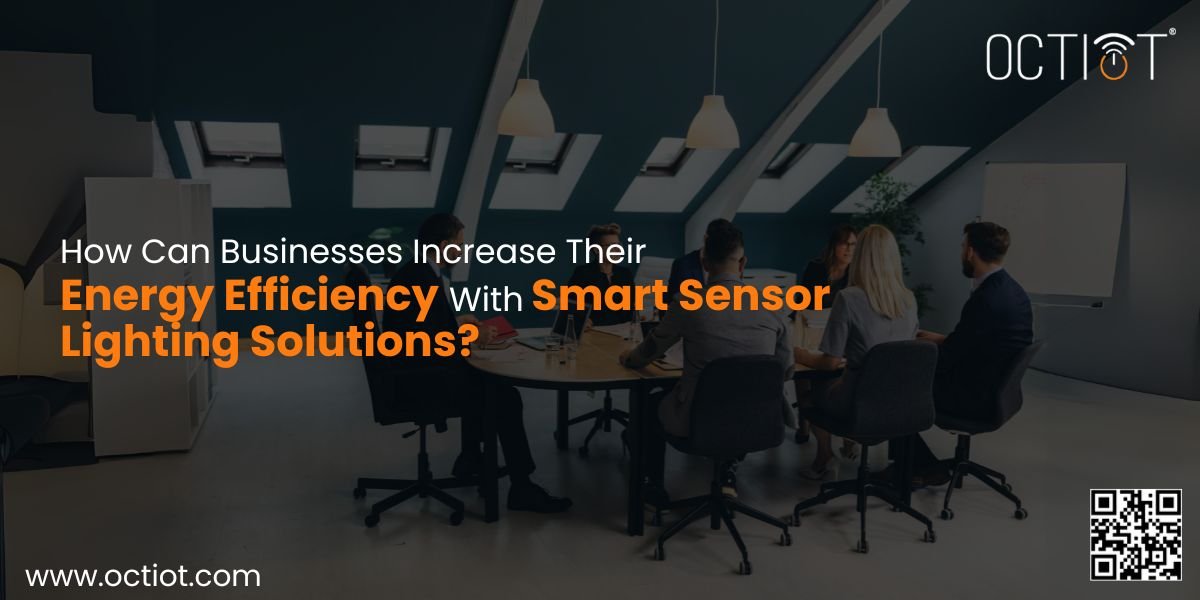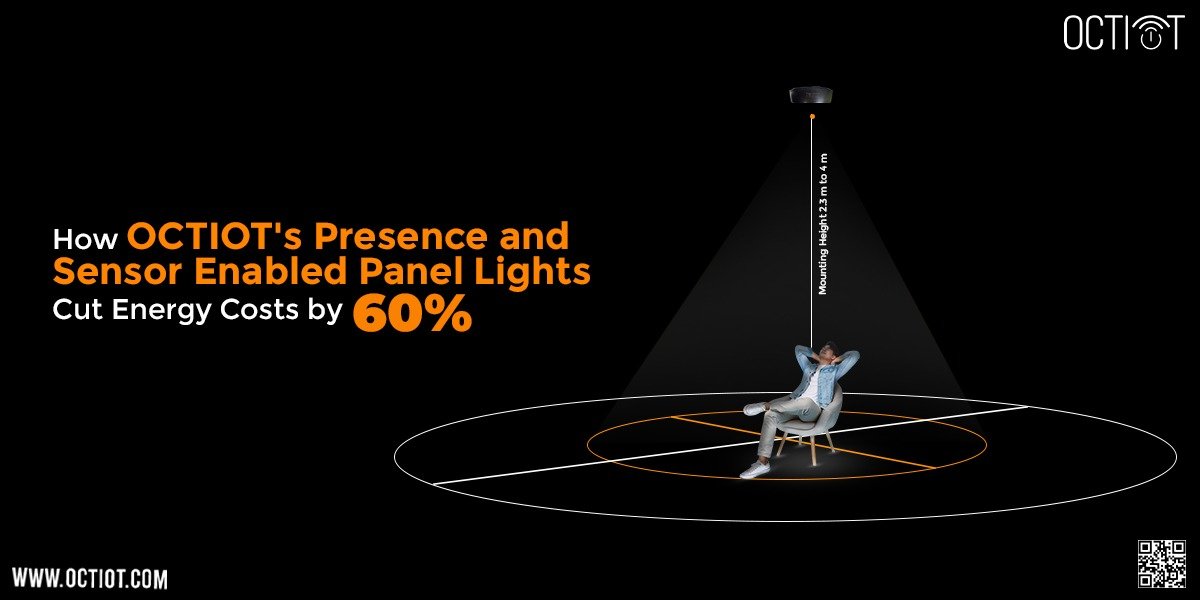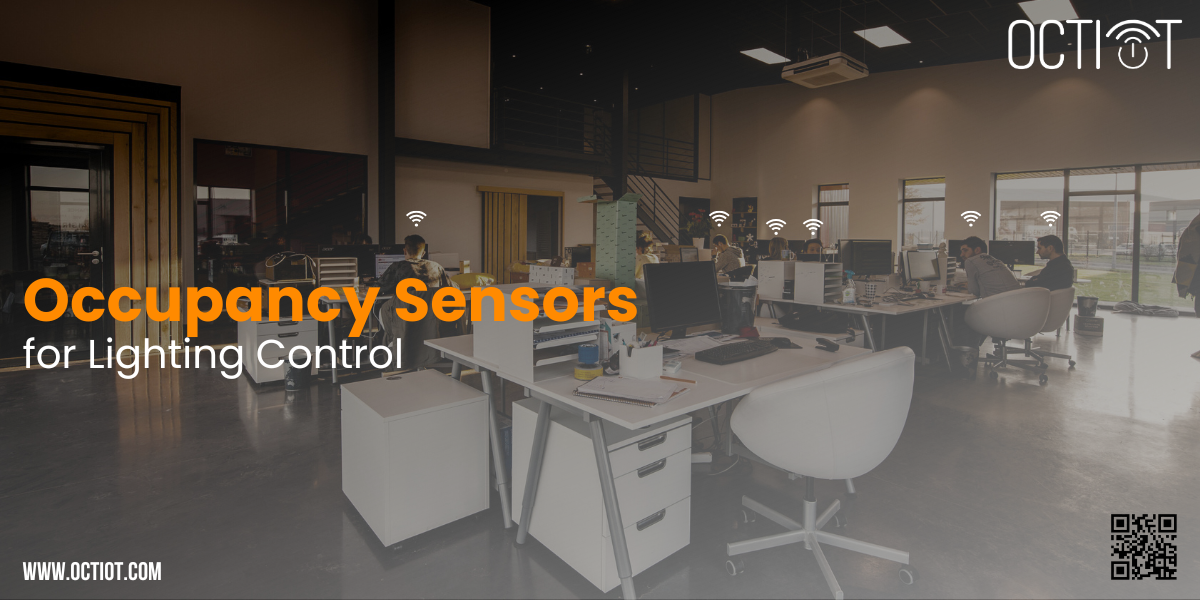In the present environment-friendly era, organizations are trying to find all available possibilities to cut down on expenses and reduce the level of damage to the environment. One of the simplest yet most efficient methods for achieving both tasks is the implementation of intelligent Sensor lighting or lighting control systems. Nowadays technology allows for the enhancement of intelligent lighting systems by motion sensors and other sensor lighting solutions to achieve savings of energy and electricity effectively. Here’s how smart lighting solutions can transform energy efficiency in the operations of businesses.
What are Smart Sensor Lighting Solutions? How can it be beneficial?
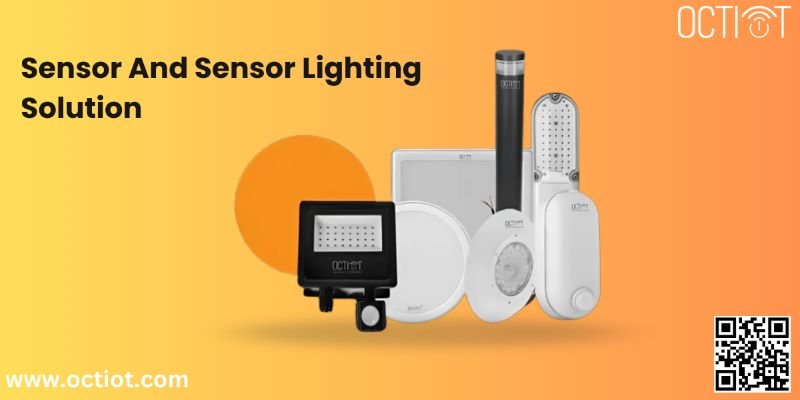
Smart Sensor lighting solutions are systems that make use of modern technology such as motion sensors and wireless controls in lighting management. In comparison to the traditional luminary systems, smart lighting can alter the light output due to certain determinants such as the presence of occupancy, time of the day or availability of natural light, thus using energy only when necessary to do so. Let’s talk about the benefits of smart sensor & sensor lighting solutions.
1. Automated Lighting Control with Motion Sensors
Traditional lighting systems tend to stay powered on even when they are not required thus resulting in an energy wastage. Smart Sensor lighting systems that have motion sensors tend to be able to identify when a room is occupied and bring the lights up. In the absence of movement, the lights get turned off or dimmed to avoid any energy waste. This form of control reduces risks associated with human error and ensures that the light is only on when it is needed.
Take, for instance, a corporate office environment, the lights in the corridors, conference rooms as well as toilets could be kept off until someone walks into the area. Such a basic capability could help in saving significant amounts of energy in the long run.
2. Smart Sensor Lighting Solutions Tailored for Business Needs
Sensor & Sensor Lighting solutions can be tailored according to the kind of business requirements there are. Whether it’s a shop, storage space or even an office building, smart Sensor lighting systems can also be modified according to the operations of a particular business. Such systems come with supplementary components such as daylight harvesting which minimizes costs even further by regulating the indoor lighting following natural light levels.
Installing motion sensor lights in busy areas and using them sparingly in lesser-used areas, businesses can save on energy costs and have better control of lighting.
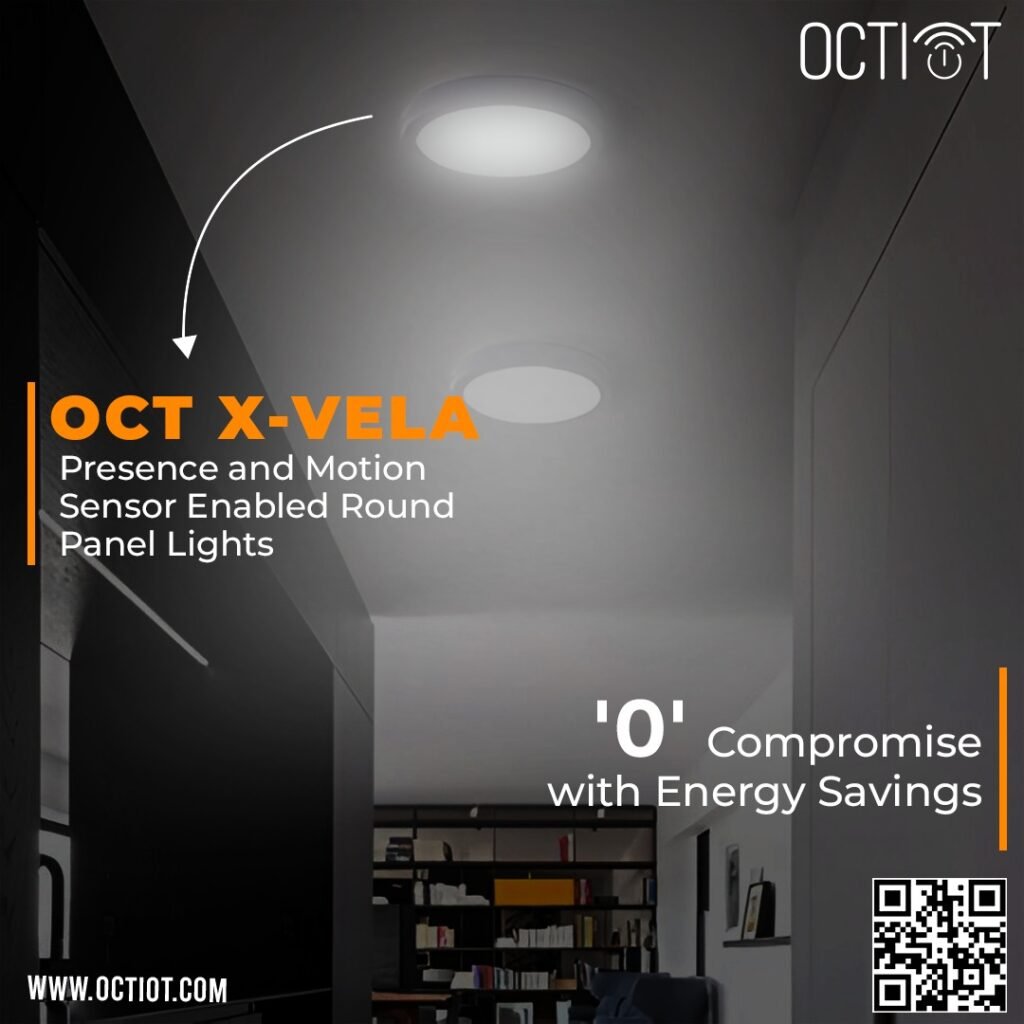
3. Energy Efficiency Through Dimming and Timing
Smart Sensor lighting solutions are more than motion detection. Many businesses allow to create light programs, so lights are only running during operational hours. For example, a store might schedule outside lights to dim or turn off during off-hours and interior lights to dim during low-traffic periods, conserving energy.
This flexibility helps businesses further enhance their energy efficiency and further reduces electricity bills as well as their carbon footprint.
4. Improved Monitoring with Sensor Solutions
Smart Sensor lighting solutions can further improve a firm’s competitiveness through its integration with energy monitoring systems. A firm may monitor in real time the usage of energy through the installed connected sensors and smart controls in a building. Such data gives a clue on when and where energy is most consumed, hence making it easy for businesses to identify areas of potential reduction in electricity consumption.
For instance, data generated by smart Sensor lighting systems may indicate that certain rooms or areas are being unnecessarily lit up during off-hours when such an area is not a priority to be illuminated. With this kind of information, businesses will be able to readjust their strategies on lighting to reduce energy consumption and improve general efficiency.
5. Long-term Savings and Environmental Impact
Although many view smart sensor lighting solutions for businesses as a cost-cutting measure in the short run, it is much more than this. This is because as years go by, cost savings that accrue with reduced energy use assist enterprises in achieving their sustainability targets. Less power usage by the companies in turn translates to lower carbon emissions hence helping protect the ecosystem.
Given that energy saving is gaining prominence in the corporate social responsibilities of most companies, those that adopt the smart lighting solutions will also have an enhanced customer, and stakeholder, goodwill.
How Smart Sensor Lighting Boosts Energy Efficiency
The overall energy efficiency of a business can be greatly increased by implementing smart lighting solutions. Here’s how to do it:
- Reduced Wastage: Traditional lighting systems tend to remain suspended even in abandoned spaces resulting in the consumption of electricity unreasonably. Smart sensor lighting systems that use motion sensors help overcome this problem by automatically switching lights off whenever there are no people around.
- Optimized Lighting Levels: Illumination systems that use more navigation light can optimize operating the rays of light according to the day of the activities or more appropriately, the level of daylight available within the room. This minimizes distractions from light and unnecessary energy usage by ensuring that the light is not overly bright or on for excessively long periods.
- Customizable Schedules: Many sensing options allow businesses to create customized lighting plans based on operating hours. To save electricity during the night, they can even go ahead and turn out the lights after work.
- Longer Lifespan of Light Bulbs: By reducing the amount of time that lamps are used, smart sensor lighting solutions contribute to an increase in bulb lifespan. Reduced maintenance and replacement expenses follow from this.

Real-World Applications
Smart sensor lighting solutions can be applied to almost every business environment. In offices, for example, motion sensors can ensure that lights will only turn on when there are people inside. In retail stores, sensor solutions can dynamically change the level of lighting to customer traffic. In warehouses, these lights can benefit usage by turning on in specific zones.
This can be integrated with other building management systems for comprehensive control over energy use in heating, cooling, and lighting for higher efficiency.
Contact us for your Requirements !
Conclusion
The use of motion devices and smart sensor lighting solutions can be a great deal in resolving the problem of energy efficiency in business organizations. These systems are cost-effective in the long run as well as towards a greener environment. One way or the other whether it is through automatic lighting control, monitoring them in real-time, or adjusting the settings, smart lighting is an essential gear to any company that is interested in efficient energy management.

